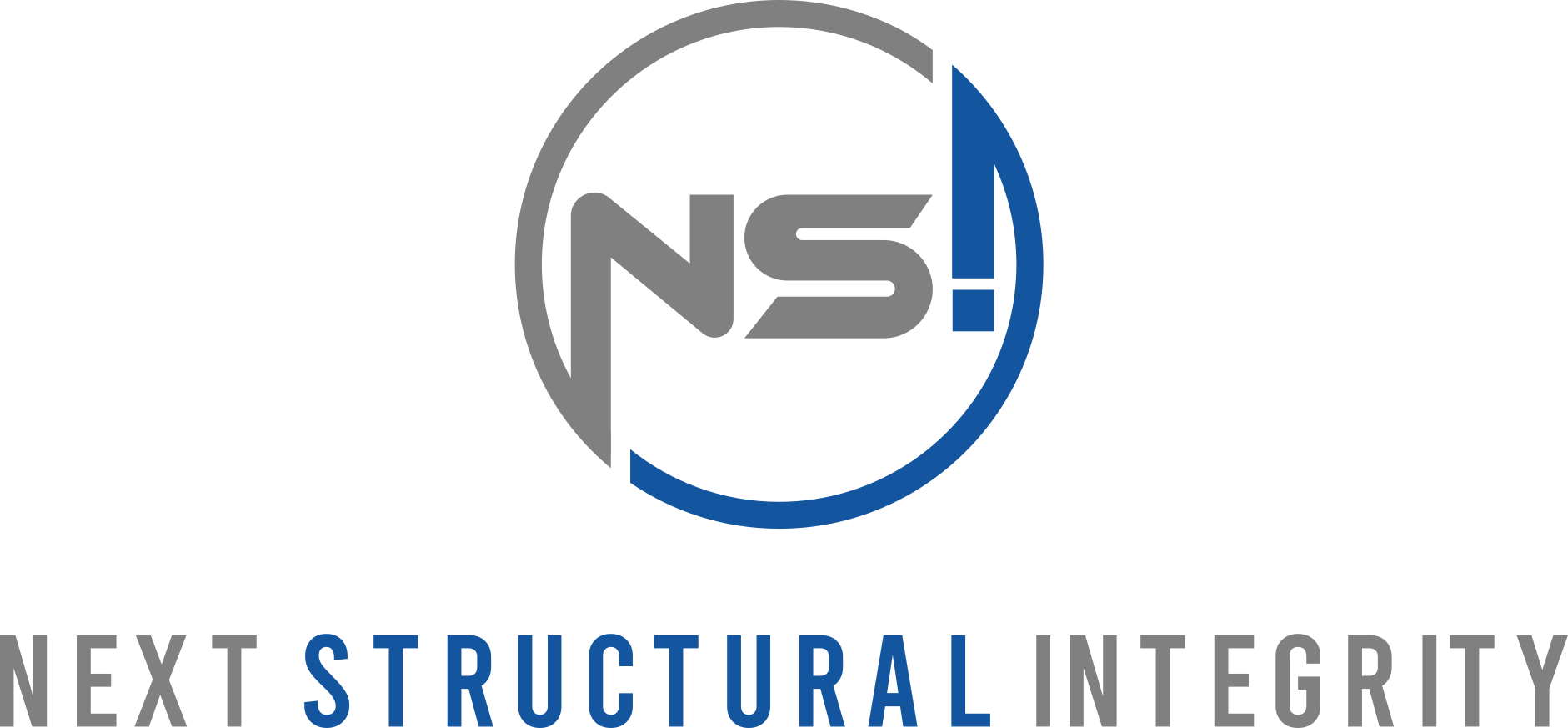From solid models and mechanical drawings to automation design and product development, we can provide the help you need!
Clients come to NSI for help in various engineering design services and product development with just an idea, a notion, or even a problem statement in mind. We specialize in bringing technology to life.
NSI focuses on designing and developing products with a passion for inventing creative design solutions, expert mechanical engineering techniques, and patented new technologies and strategies. Product development is a creative activity, but it also requires following a disciplined, systematic approach to guide the obligatory processes to get a new product from an idea to a marketable product.
THE PROCESS WE TYPICALLY FOLLOW AT NSI IS BROKEN DOWN INTO THE FOLLOWING PHASES
CONCEPT PHASE
Here the idea for the new product is generated and documented. The idea here is to alter and refine the idea as much as possible and assess if it is worth pursuing.
DISCOVERY PHASE
This is a supplementary phase in our procedure where a customer shares their idea with us to bid on it. At NSI, we work with the customer to modify the idea to have an excellent description to create our quote. This process can last from a quick phone call for a simple design to a couple of weeks of talks if the design is complex or requires much work. At the end of this phase, we usually forward a proposal to the customer with a firm quote for the initial phase and make estimations for the subsequent phases.
PRELIMINARY DESIGN PHASE
In this phase, we create a preliminary design based on the specifications agreed upon in the discovery phase. Develop an engineering model and do any other engineering and design necessary to revamp the product so that there is a high level of self-assurance that the design will work before creating engineering drawings and documents.
CRITICAL DESIGN PHASE
Most of this phase entails detailing the design and creating drawings of the idea presented at the Preliminary Design Review. Any changes or modifications to the design requested by the customer are also incorporated before the drawings are made. Once drawings and necessary documents are completed, these are sent out to manufacturing houses for a quote.
PROTOTYPING PHASE
This is the design implementation phase. Any kinks in the assembly process are ironed out and debugged. Also, in this phase, preliminary manufacturing procedures are worked out, and studied for feasibility studies purposes.
TESTING PHASE
Our testing phase is not simple as “does it work or not?” We pay more attention to intricate assemblies to test if it works and how well or how long it works. We work together with many customers on this phase as they usually want to be intimately involved in the testing to see for themselves.
PRODUCT RELEASE PHASE
This phase usually gets the final bugs out of the design and have the product ready for production and launch.
If you want to get any engineering design or a product developed, reach out now.
GEOMETRICAL ANALYSIS
NSI design team perform geometrical analysis to study and report the effect of geometric dimensioning and tolerances (GD&T) of components of assemblies. Our team analyzes the impact of GD&T from both design and statistical performance.
We ensure high-fidelity results by using a cross-validation method utilizing mathematical derivations, advanced computer-aided design tools (CAD), and Finite Element Analysis (FEA) to:
- Determine the tolerance values leading to worst-case scenarios
- Determine the tolerance values in compliance with the statistical capability index of the different manufacturing processes (i.e. RSS method).
- Evaluate the magnitude of clearance and interference between the different components using both linear and non-linear stack-up analysis
- Estimate the contribution significance of GD&T of each component leading to a worst-case or statistical scenario.
- Compute the allocated 6 degrees of freedom motion range for each component with an assembly due to designed clearance.
- Evaluate the magnitude of induced clearance/interference between the different components in the worst or statistical scenario due to sustaining the design and operating conditions of the assembly by coupling a parametric CAD model with FEA (i.e. thermal, static, and dynamic mechanical loading)
